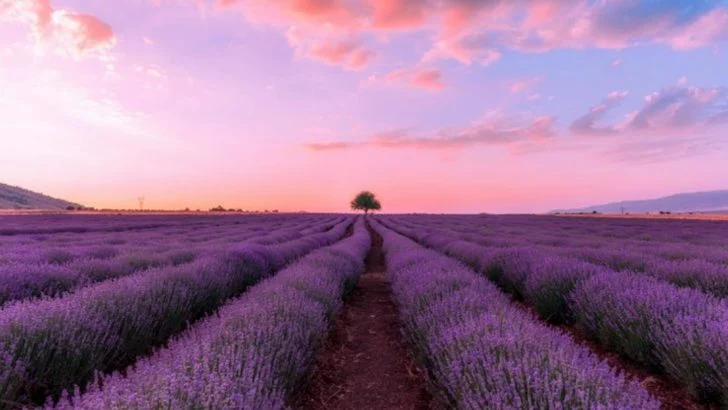Lavender shouldn’t be a diva—yet somehow, it ends up leggy, scraggly, and bloomless more often than it should. The truth? It’s not the plant. It’s the tiny, well-meaning mistakes that slowly sabotage it. You think you’re being kind. Watering generously. Giving it the “perfect” spot. Pruning just enough to keep it tidy. And then—bam—woody stems, zero scent, and a plant that looks like it gave up on life. Before you yank it out in frustration, let’s walk through the 14 most common lavender missteps—and what to do instead to bring back those lush, fragrant blooms.
Overwatering
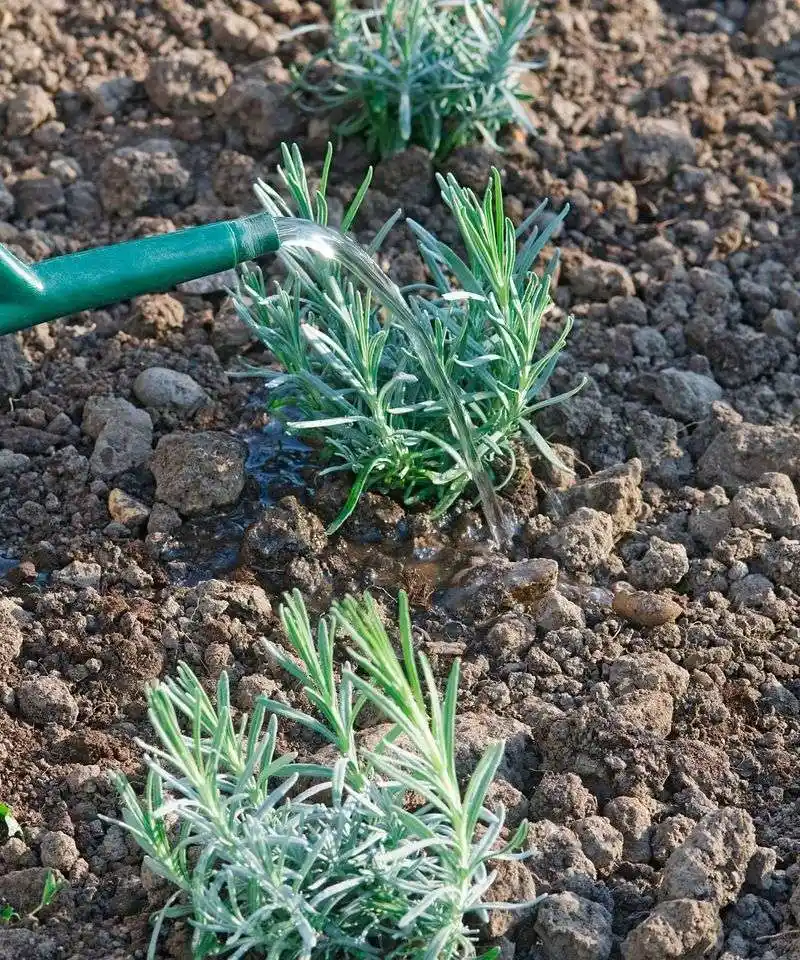
Overwatering is a common blunder that can drown your lavender in too much love. These Mediterranean natives thrive in arid conditions and require well-draining soil. Waterlogged roots suffocate and rot, leading to unhealthy, woody growth.
Imagine the soil as a sponge that should be allowed to dry out between watering sessions. A light touch is best.
For lush blooms, let the soil dry to the touch before watering again. Remember, less is more when it comes to hydrating lavender!
Poor Soil Quality

Lavender’s roots demand a breathable, gritty environment. Planting them in clay or compacted soils is like asking a fish to live out of water. These heavy soils retain moisture, smothering roots and preventing proper growth.
To enrich your lavender’s life, mix sand or gravel into the soil to improve drainage. The goal is a loose, airy soil composition.
For lavender that sings with blooms, ensure the earth beneath offers both support and freedom. It’s all about balance!
Lack of Pruning
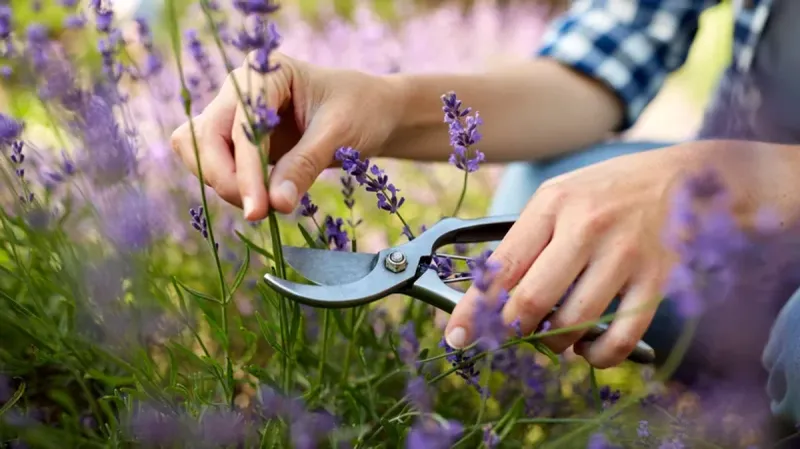
Neglecting to prune lavender is like letting your hair grow wild; it can lead to a tangled, woody mess. Regular pruning encourages new growth and prevents the base from becoming too woody.
Think of pruning as giving your lavender a stylish trim. Snip back about one-third of the plant after blooming.
Keep your lavender in shape to ensure vibrant blossoms and a tidy appearance. It’s a simple snip for a healthier plant!
Incorrect Planting Location
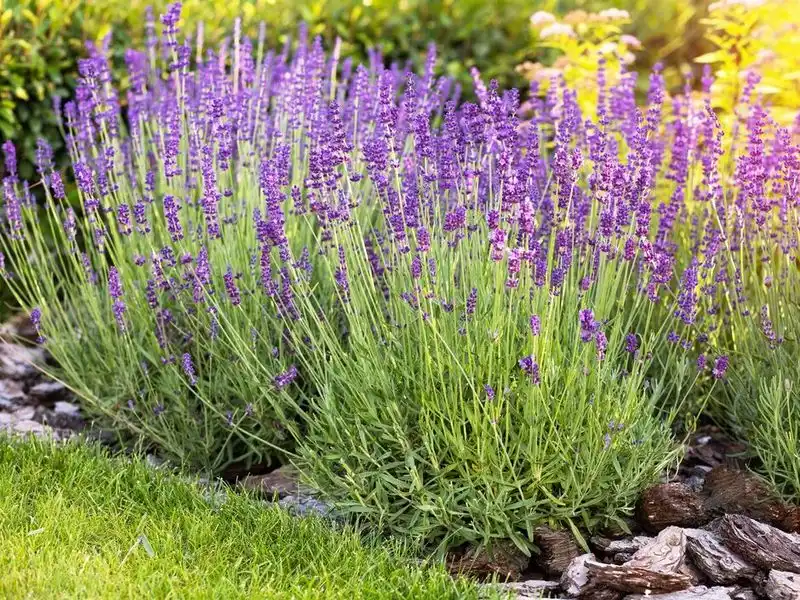
Lavender loves the sun, and planting it in the shade is like asking it to dance in the dark. Sunlight fuels its growth and blooms, while shade encourages leggy, woody stems.
Choose a sunny spot, granting lavender at least six hours of full sun daily. Think of it as a sunbather soaking in rays.
For a cheerful, blooming plant, ensure your lavender basks in natural light. Location is key!
Overcrowding
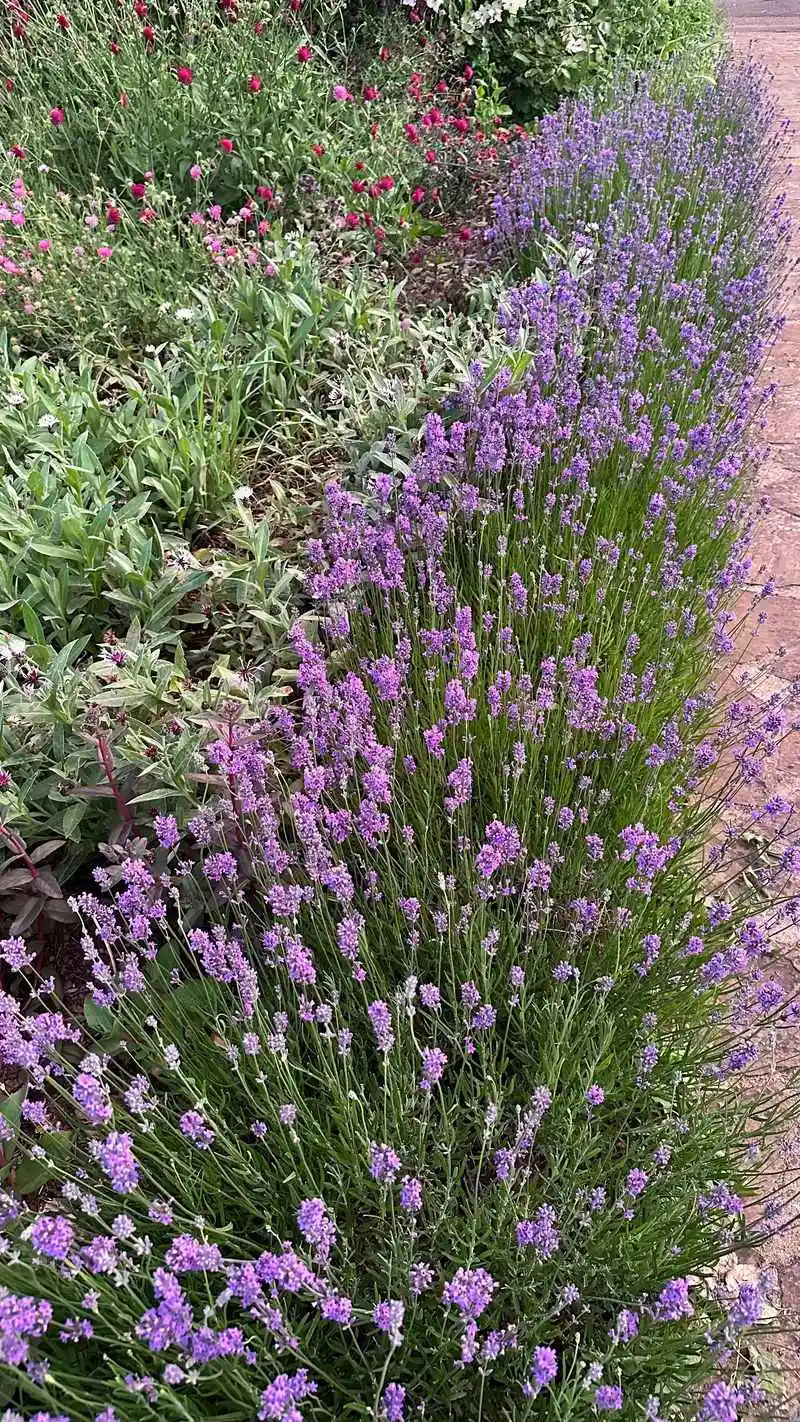
Lavender needs space to breathe, and overcrowding is like cramming into a packed elevator. Limited space results in poor air circulation, leading to dampness and disease.
Allow each plant ample room to grow by spacing them about 12 to 18 inches apart. This ensures airflow and reduces competition for nutrients.
To keep your lavender thriving, remember: personal space matters in the garden, too!
Fertilizing Too Much
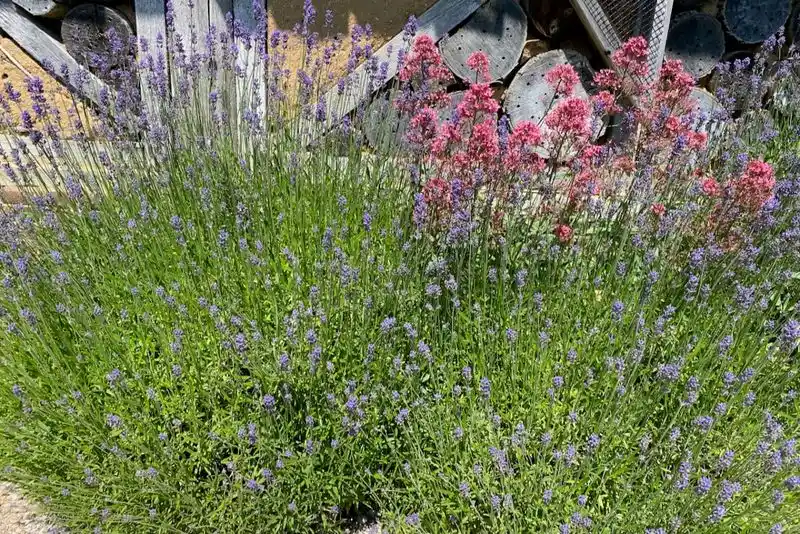
Fertilizer can be a friend or foe. Over-fertilizing lavender results in lush, leafy growth rather than abundant blooms. It’s akin to feeding a child only candy—pleasurable but not productive.
Stick to a balanced approach, using a light hand with fertilizers. Opt for a slow-release formula sparingly applied.
Remember, lavender thrives on neglect; less fertilizer often leads to more flowers. Strike the right balance for floral success!
Using The Wrong Mulch

Mulch can either help or hinder. Using moisture-retentive mulches like wood chips is like wrapping lavender in a wet blanket. The result? Rot and woody stems.
Instead, choose gravel or small stones to mulch around lavender. These materials reflect heat and allow moisture to escape.
To protect your lavender from soggy roots, make the right mulch choice. It’s the key to healthy, happy plants!
Ignoring Pests
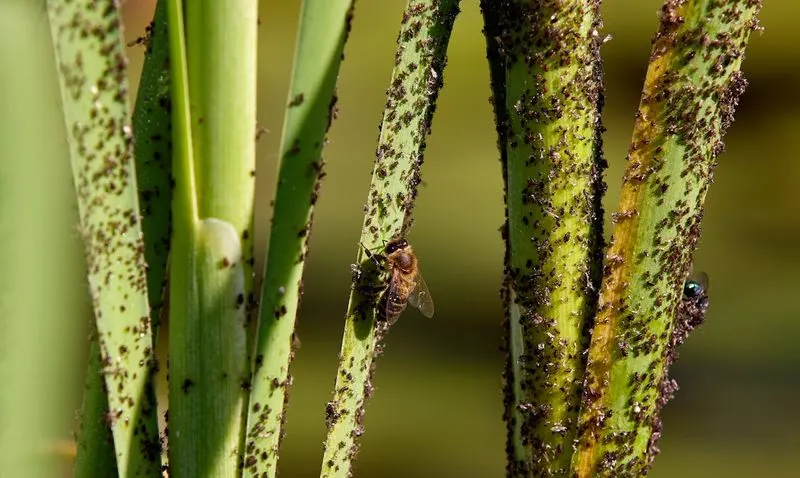
Pests may seem insignificant, but ignoring them is like letting termites feast on a wooden house. Aphids and other insects can sap the strength from lavender, leading to lackluster growth.
Regularly inspect plants and use natural pest control methods, such as neem oil or ladybugs.
For a thriving lavender garden, vigilance is vital. Keep an eye on those pesky intruders and act swiftly!
Planting In Wrong Zone

Lavender’s love for warmth and sun means it struggles in frosty zones. Planting lavender in unsuitable climates is akin to wearing a swimsuit in winter—uncomfortable and unproductive.
Check your USDA hardiness zone and choose the right lavender variety for your climate. If winters are harsh, consider growing lavender in pots that can be moved indoors.
For flourishing lavender, climate compatibility is crucial. Match your plant to the environment for success!
Improper Watering Technique
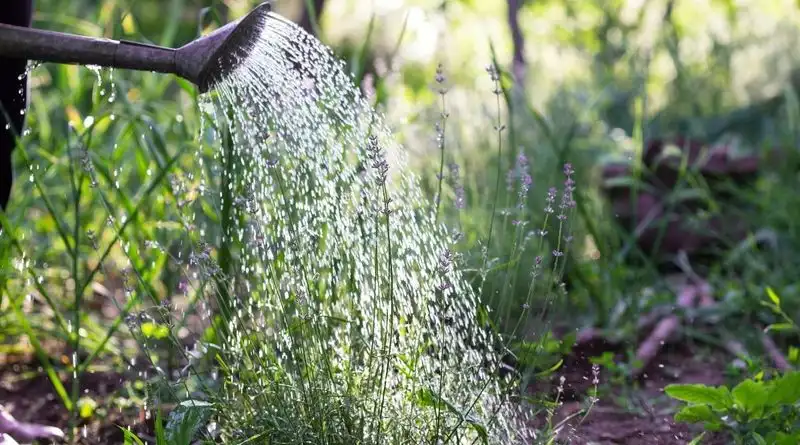
Watering lavender from above is a common mistake, akin to showering with a raincoat on. Wet foliage can lead to mold and rot.
Instead, water the base of the plant, allowing moisture to reach the roots directly. A drip irrigation system works wonders here.
Proper watering technique ensures your lavender stays dry and healthy above ground. Keep it simple, and water wisely!
Neglecting Soil pH

Lavender thrives in alkaline to neutral soil. Ignoring soil pH is like cooking without tasting the dish—unexpectedly disastrous.
Test your soil’s pH and adjust as needed, using lime to raise pH levels if they are too low. Aim for a pH of around 6.5 to 7.5.
Nurture your lavender by ensuring soil conditions are just right. It’s all about chemistry!
Not Providing Winter Protection

Harsh winters can be a lavender’s nemesis. Failing to provide protection is like leaving a pet outside in the cold—it can lead to damage and death.
Use a light mulch or frost cloth to shield plants during freezing temperatures. Consider relocating potted lavender indoors.
Keep your lavender snug through winter’s chill. A little care ensures survival and springtime blooms!
Ignoring Lavender Varieties
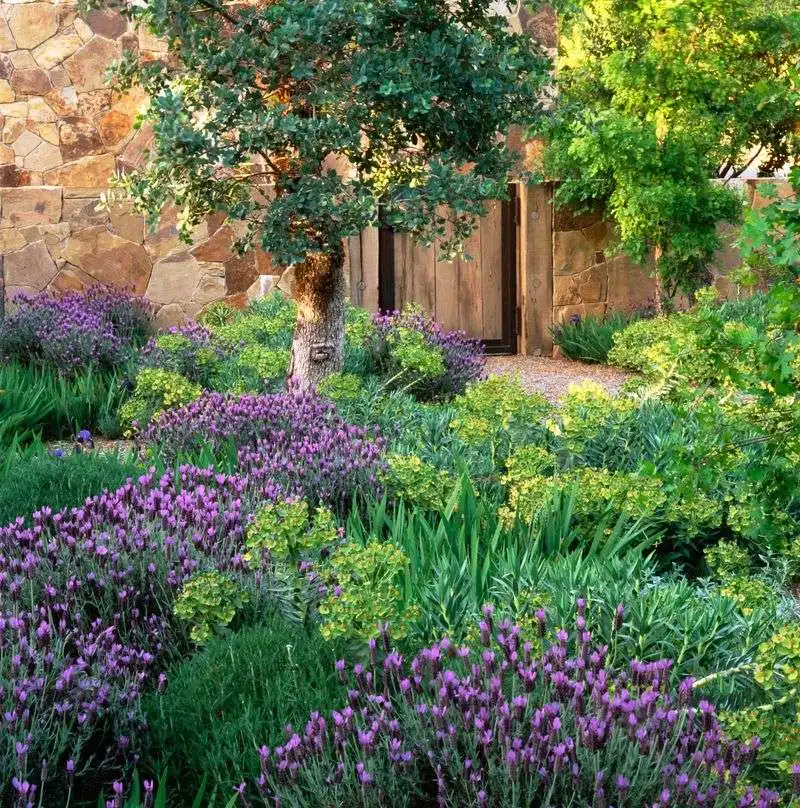
Not all lavender is created equal. Overlooking the variety’s specific needs is like wearing the wrong shoes for a hike—uncomfortable and ineffective.
Research your lavender type and plant accordingly. Some prefer hotter climates, others are more adaptable.
Understand your lavender to nurture it better. A little knowledge goes a long way toward a garden full of color and fragrance!
Failing to Harvest

Harvesting isn’t just for enjoyment; it’s vital for plant health too. Failing to cut lavender is like leaving ripe fruit to rot on the vine.
Pick blooms when they first open, encouraging continued growth and preventing woody stems.
Enjoy lavender’s beauty and fragrance, knowing regular harvesting supports vigorous, long-lasting plants. It’s a cycle of care and reward!

